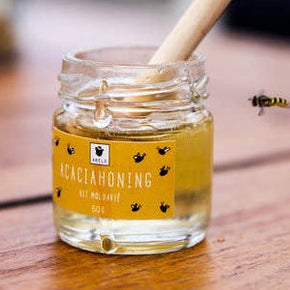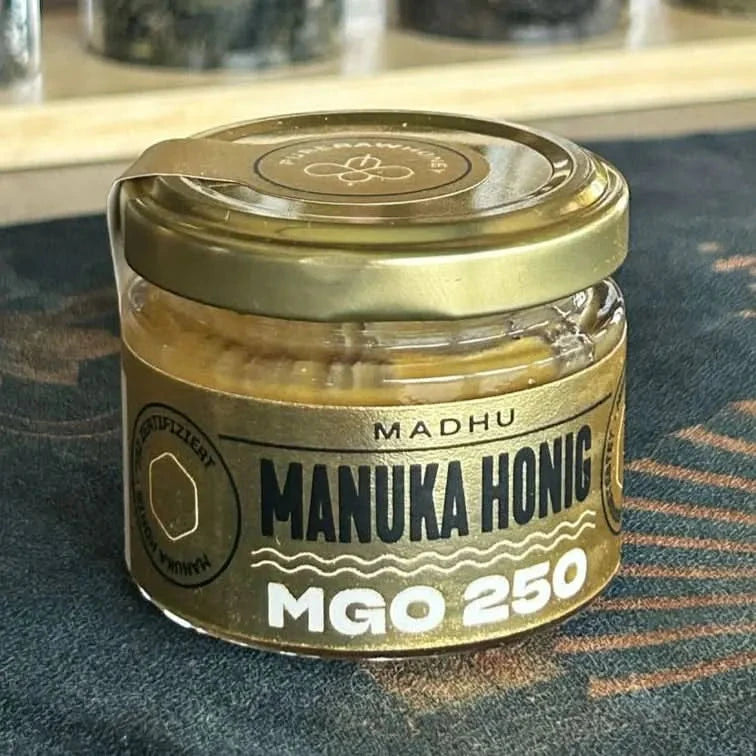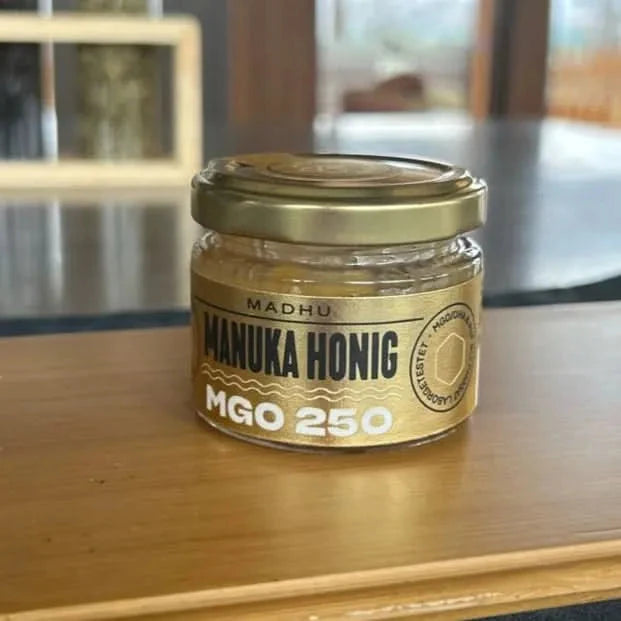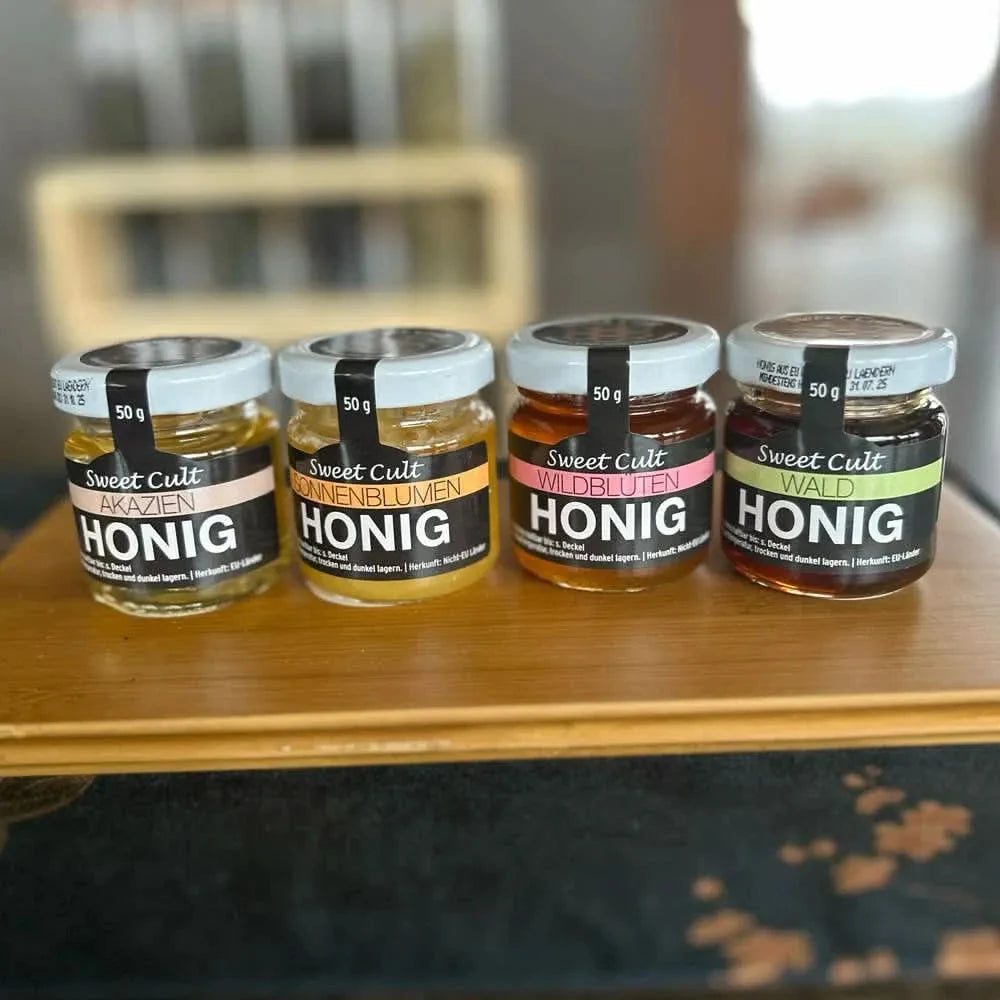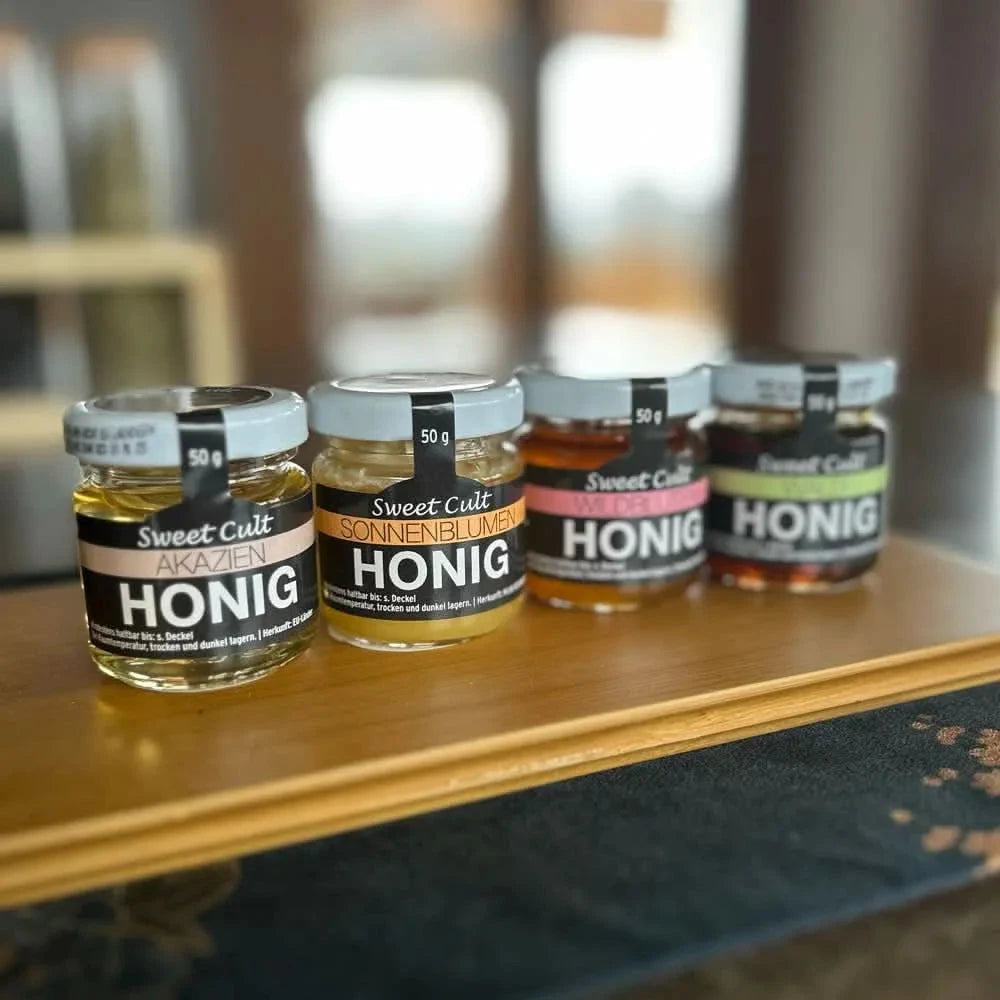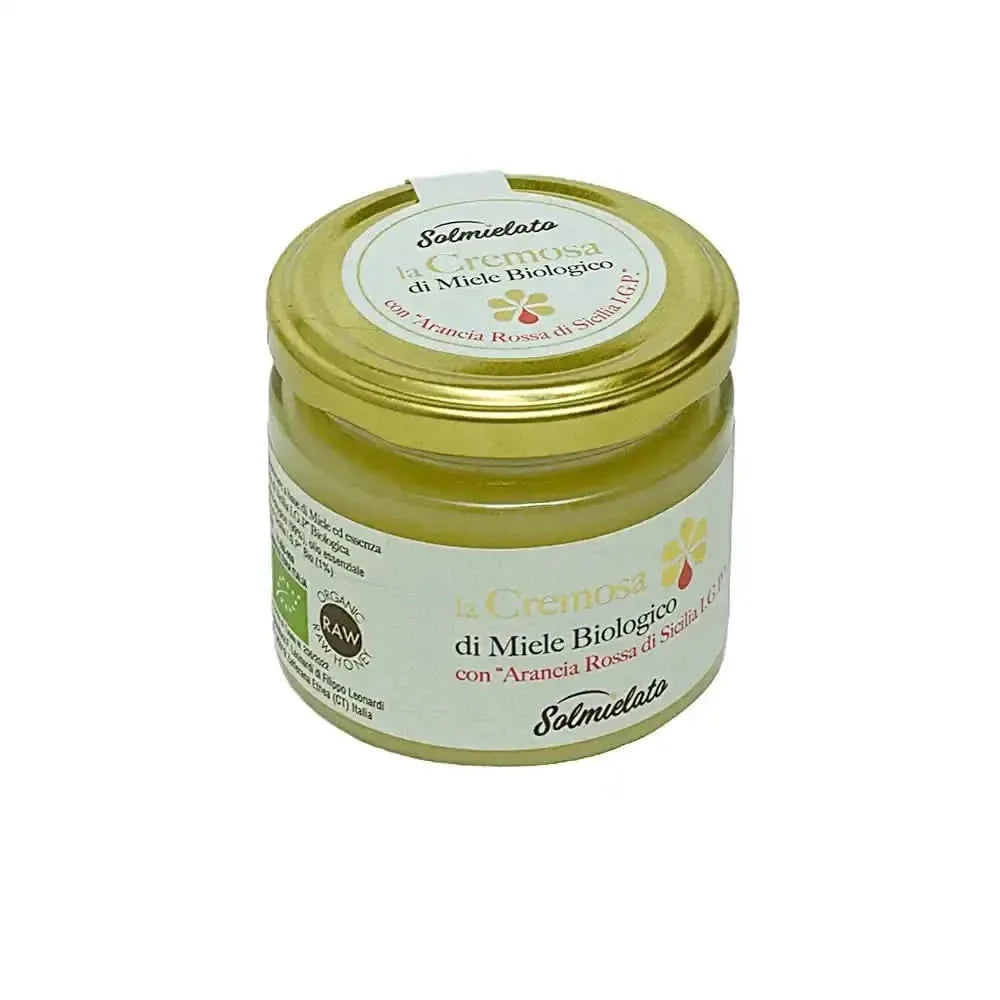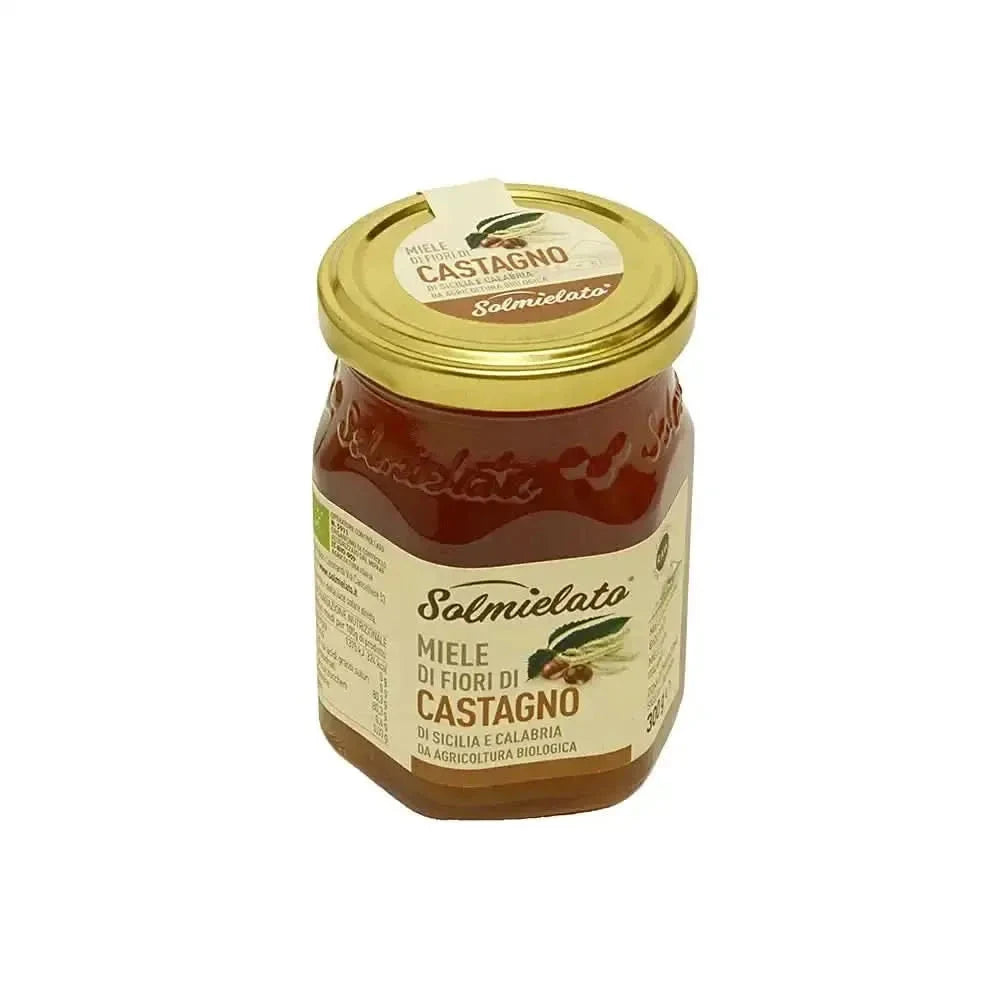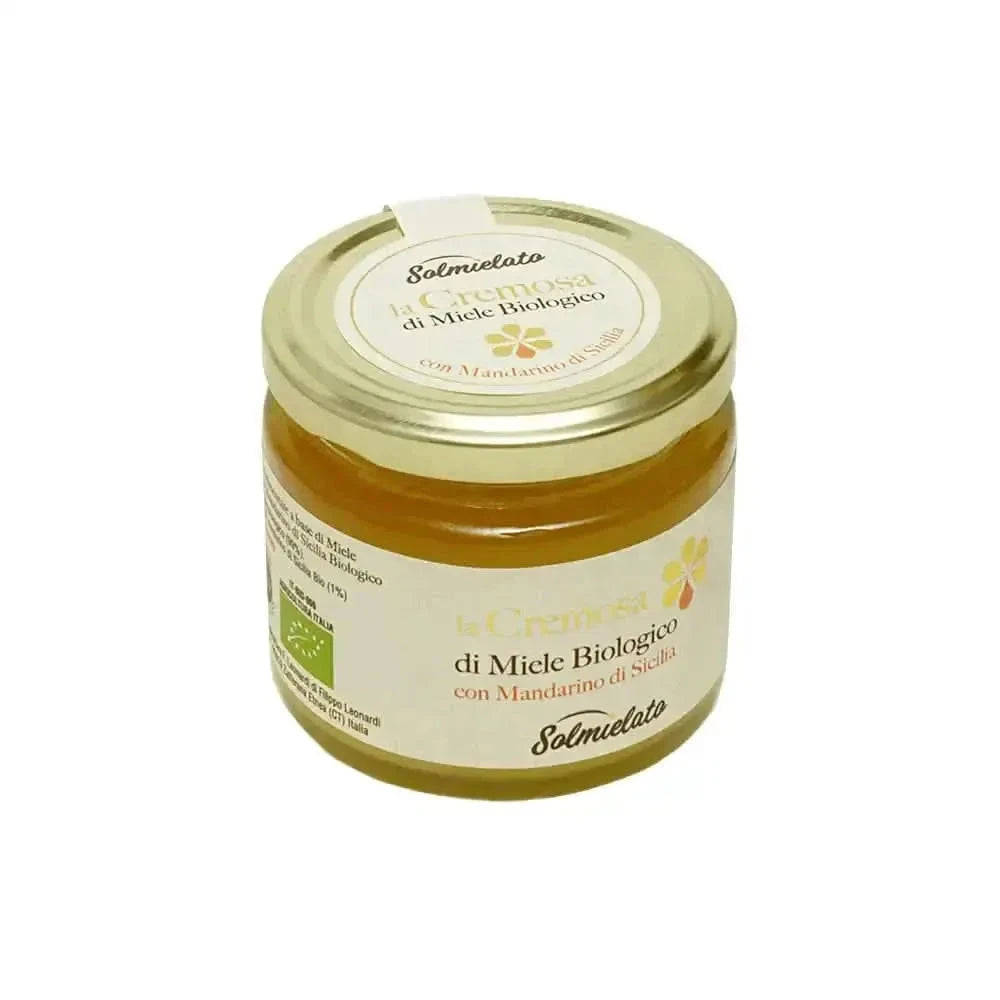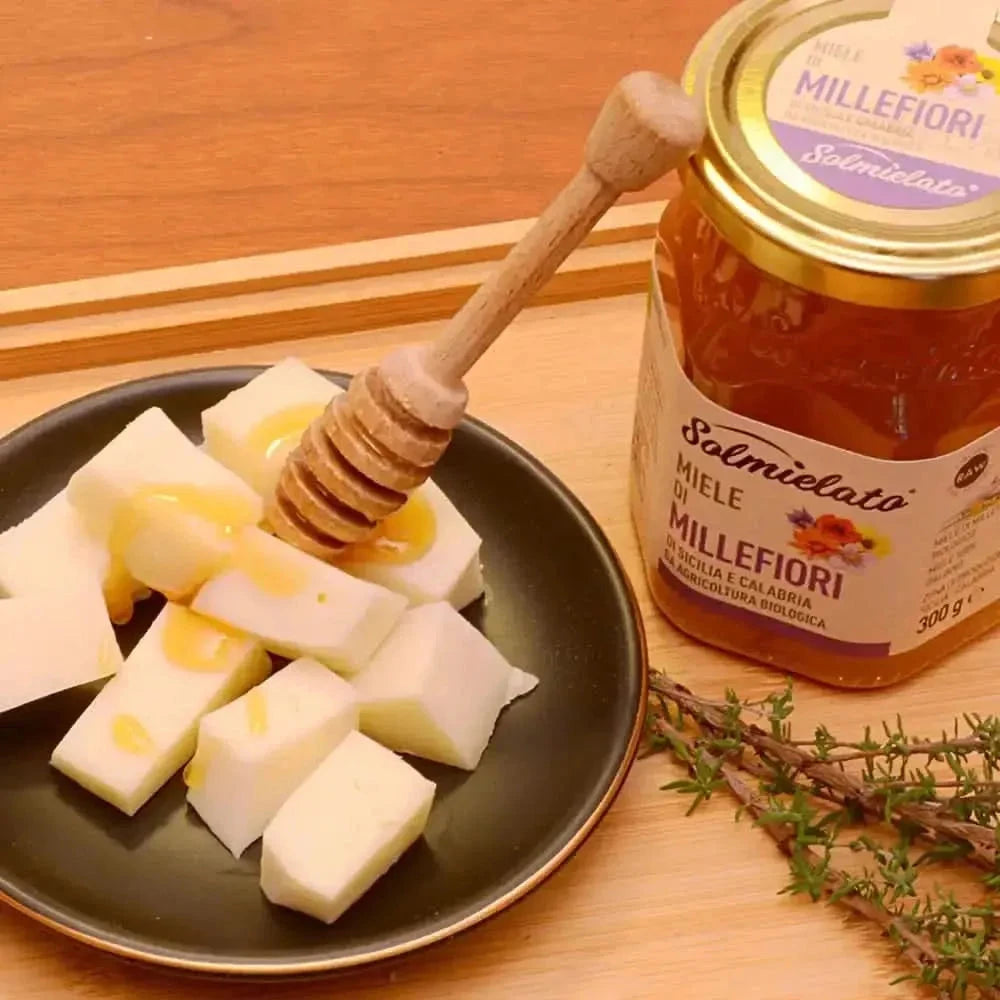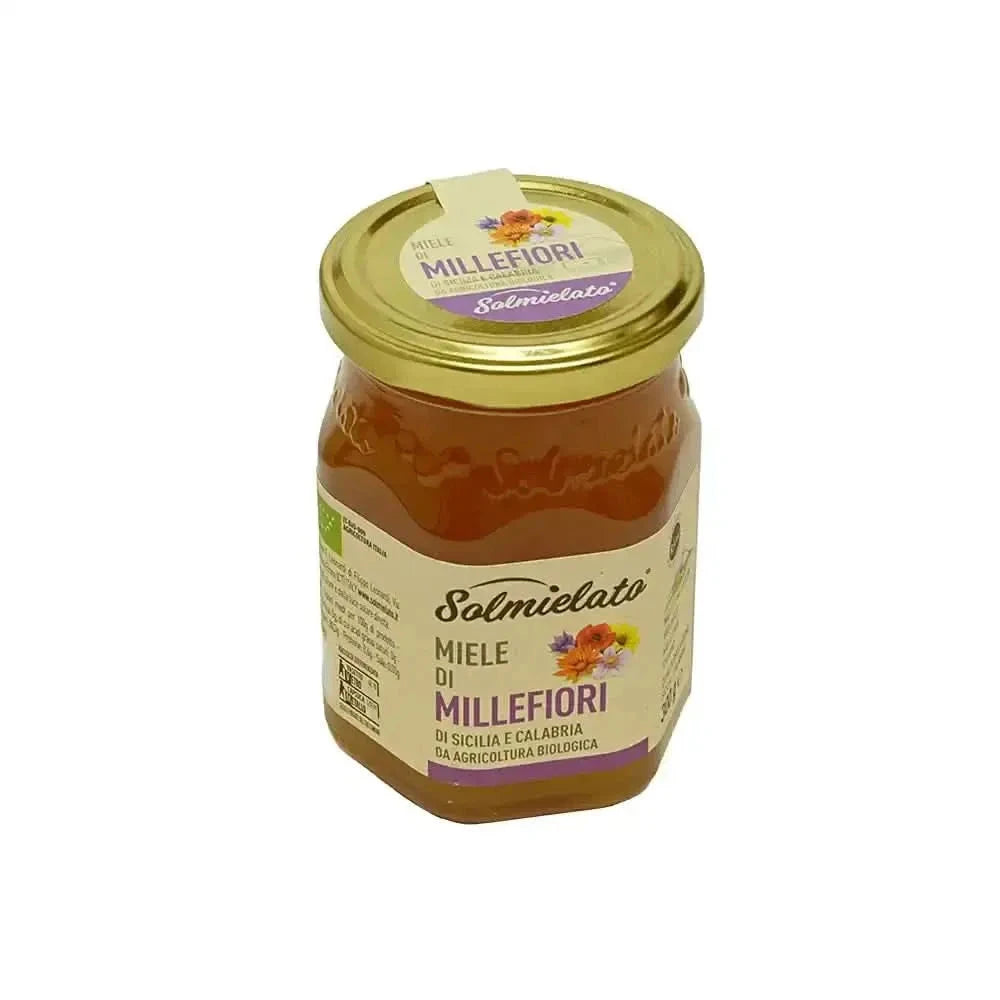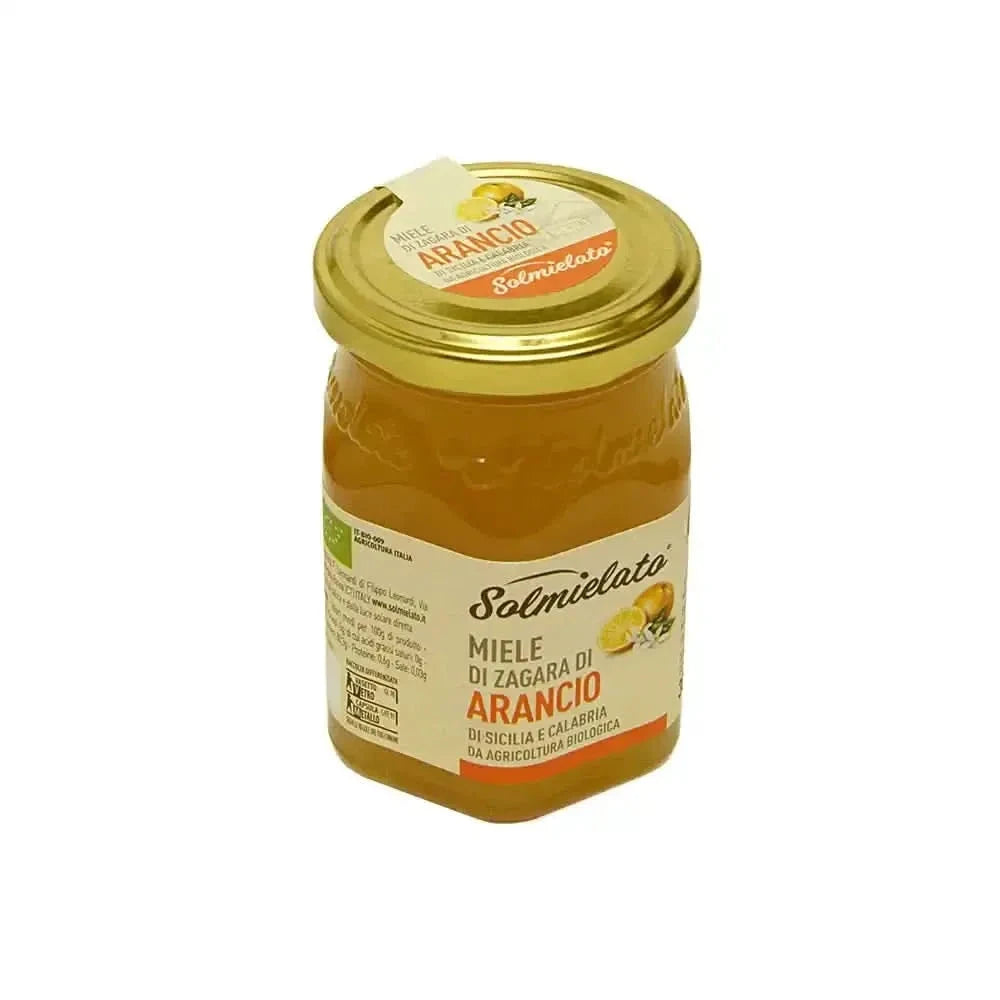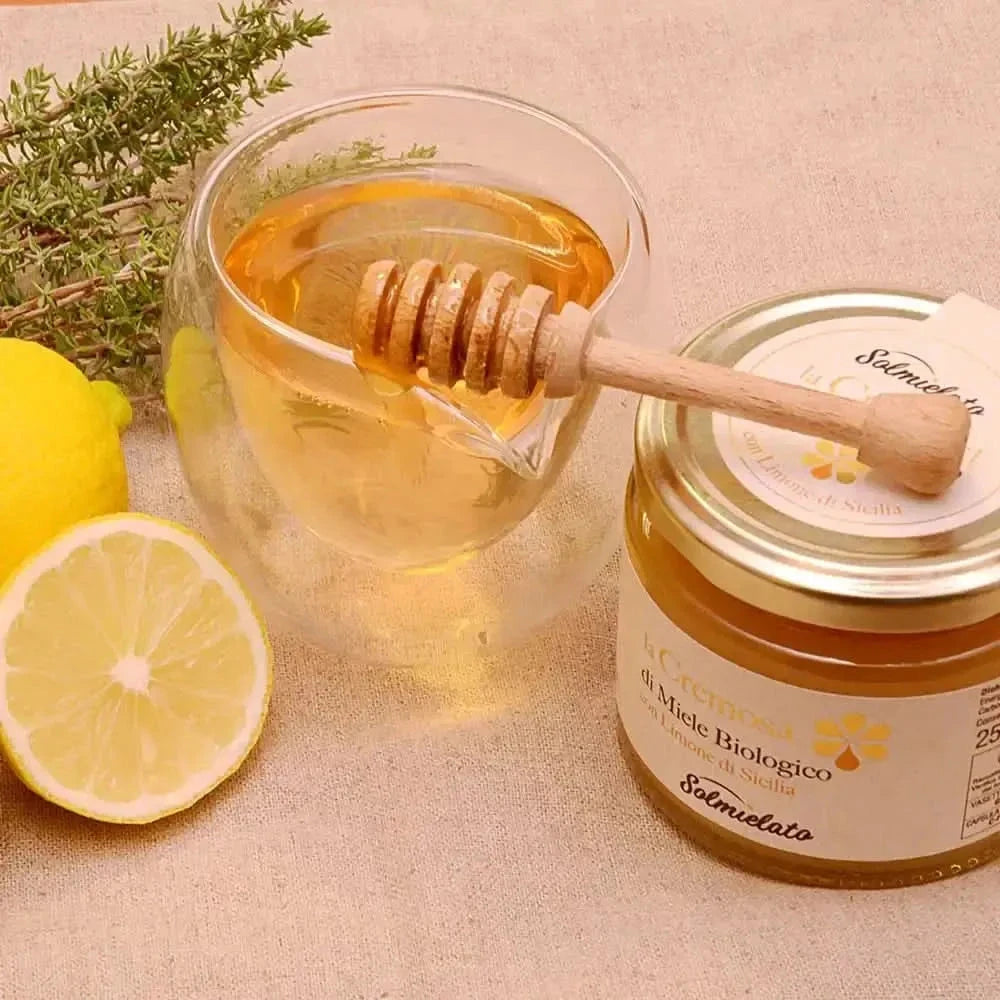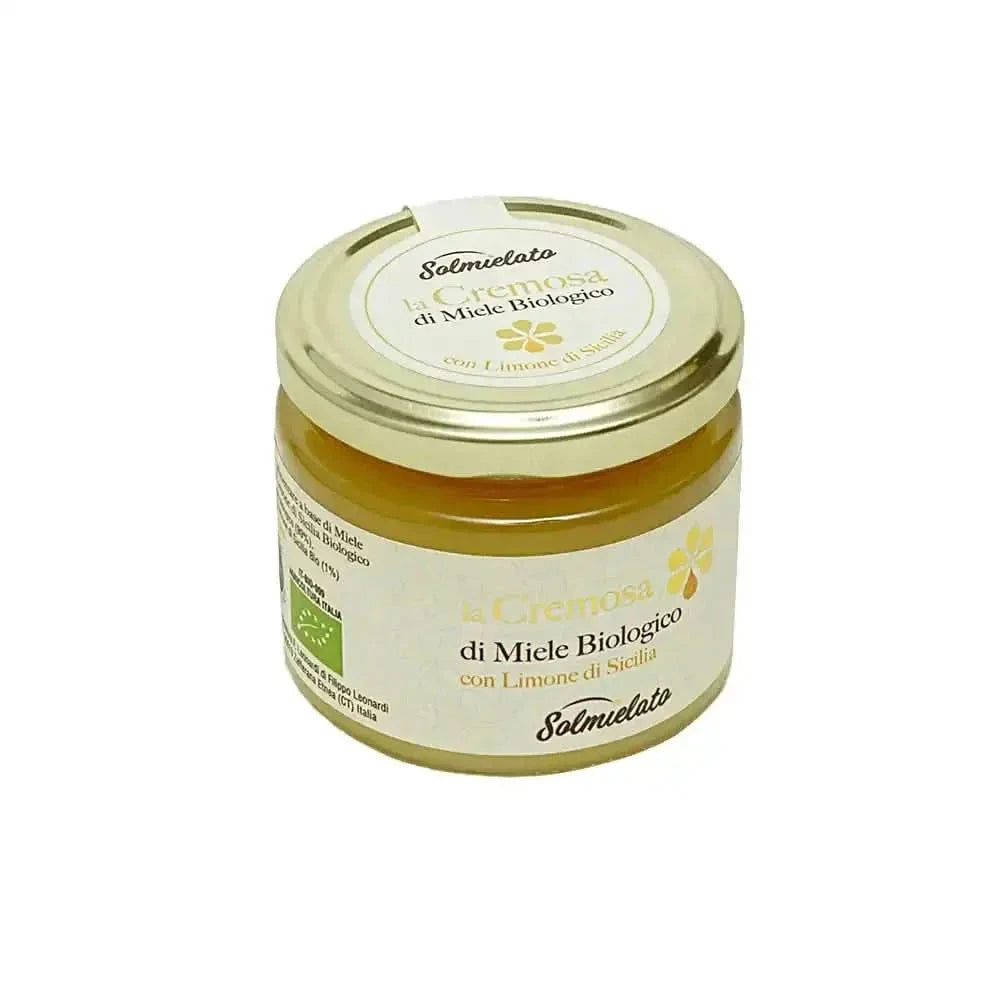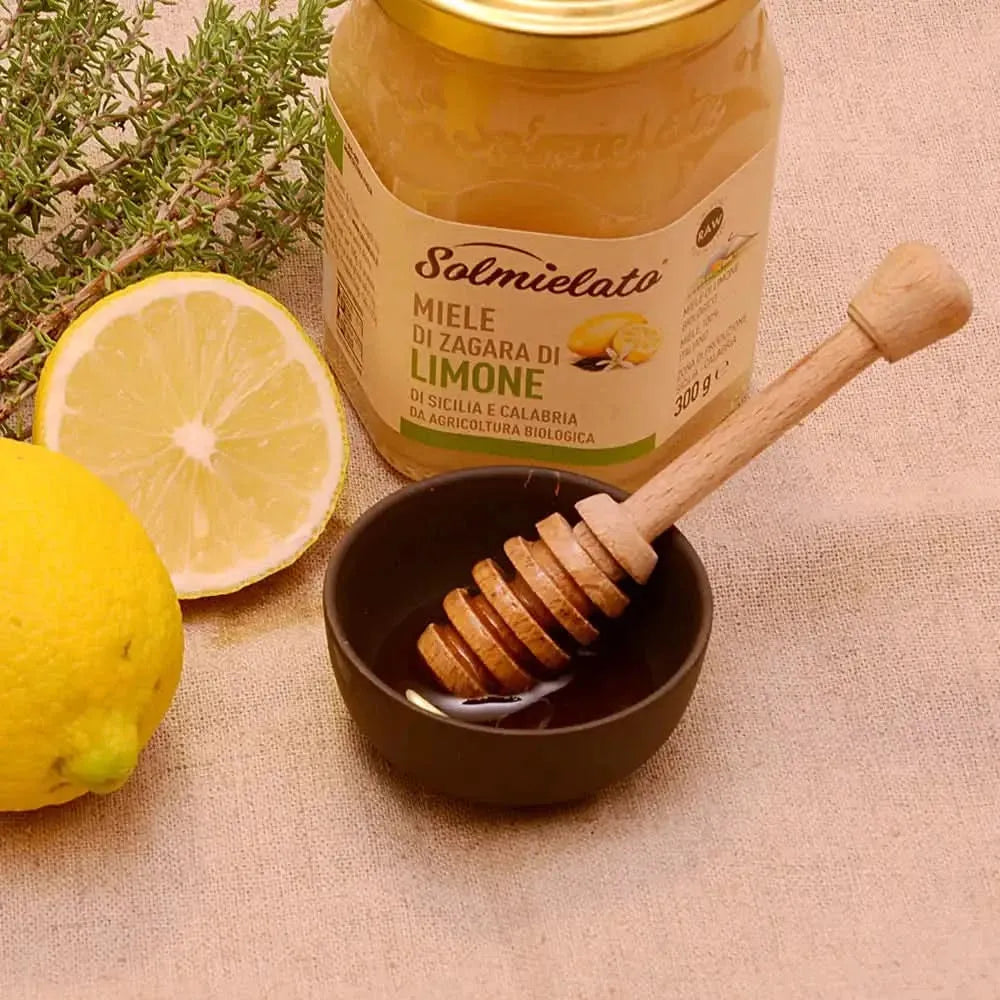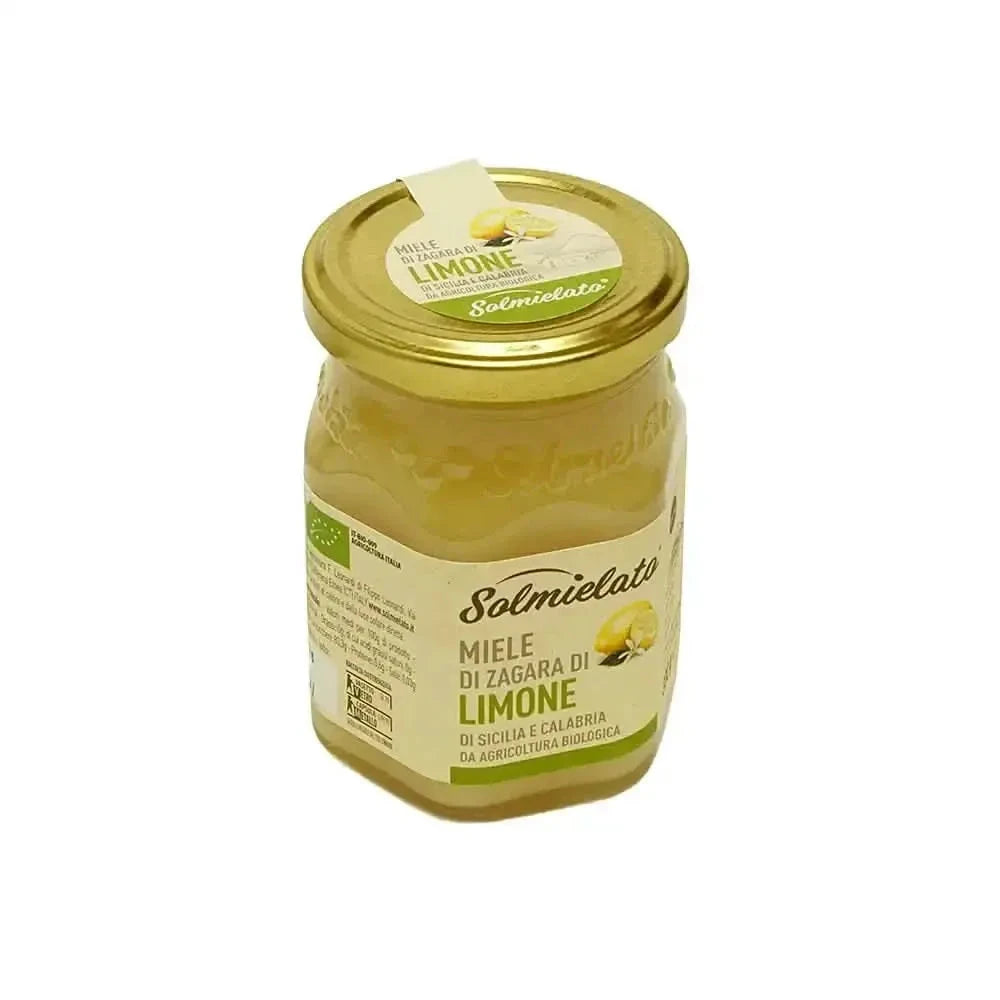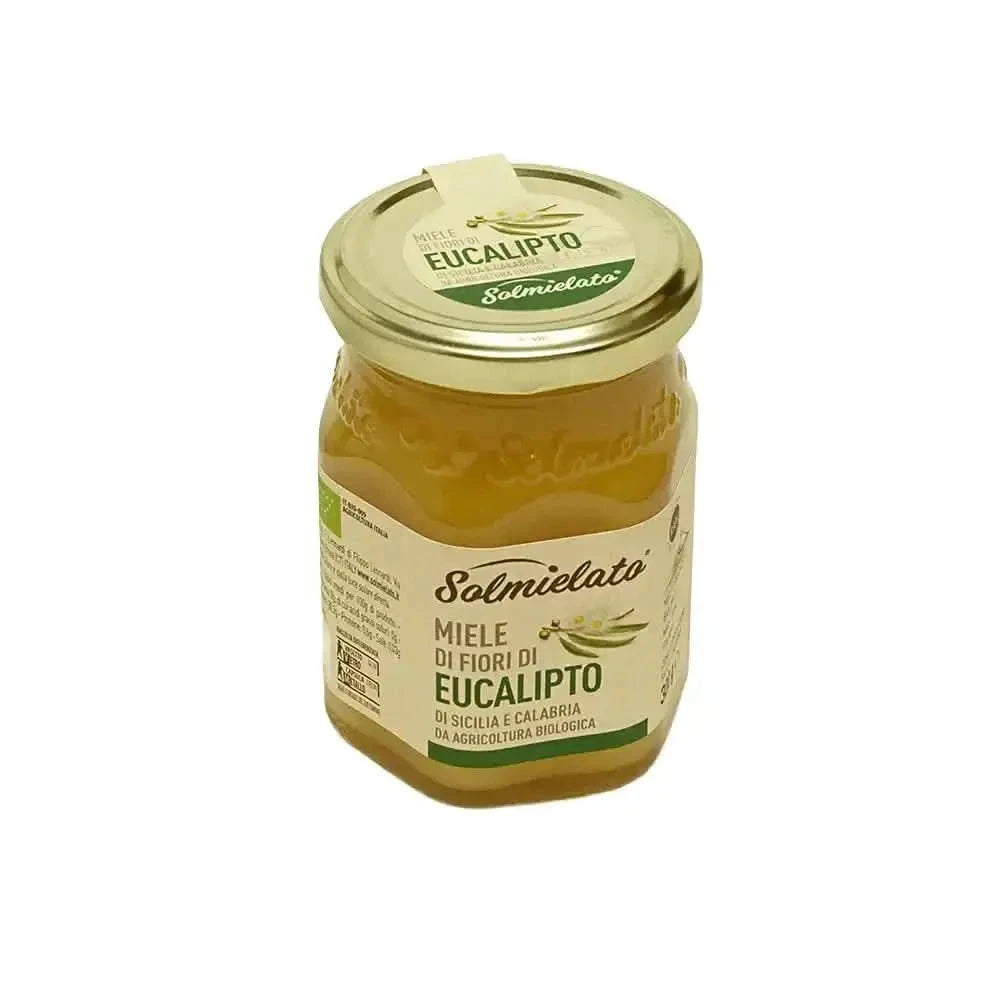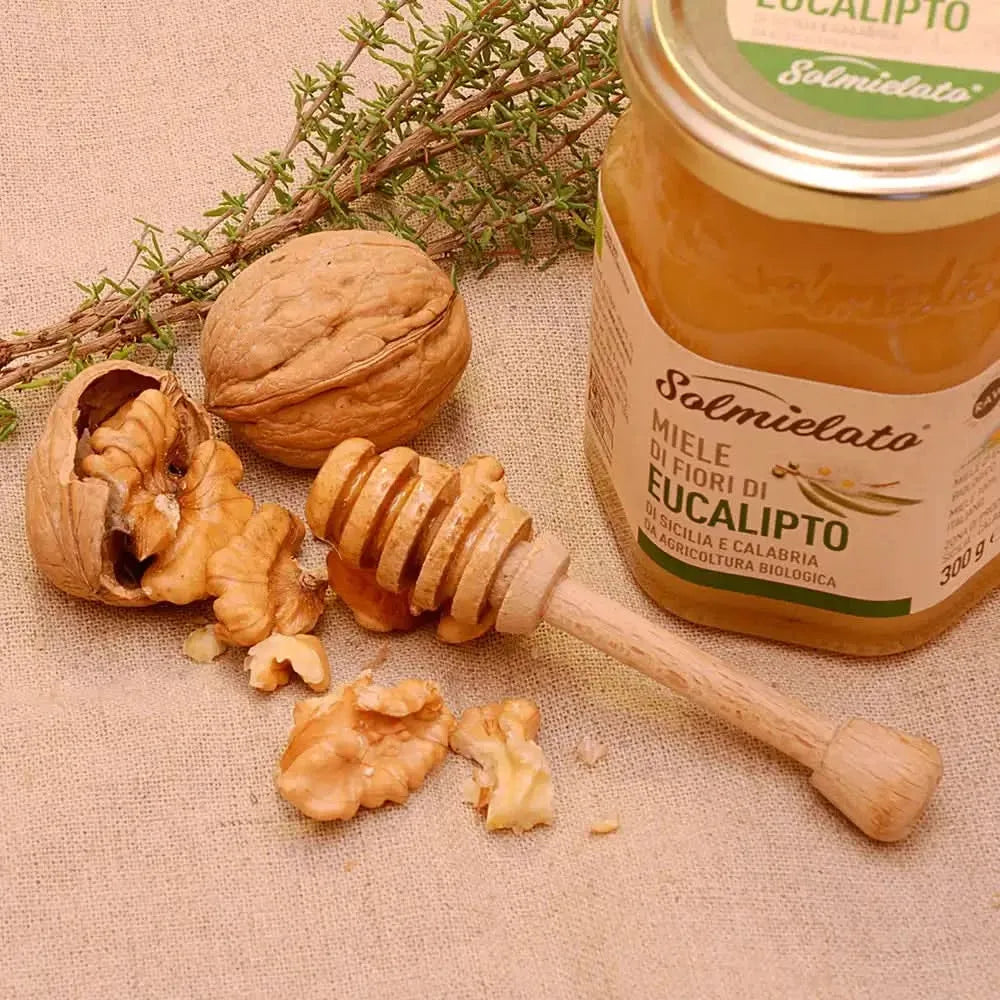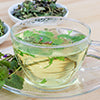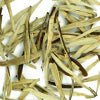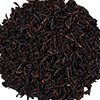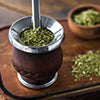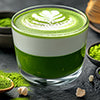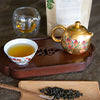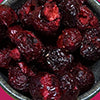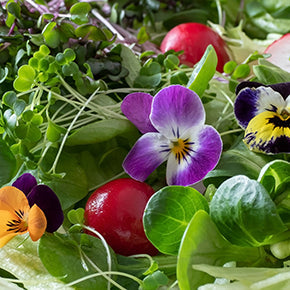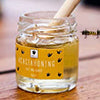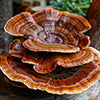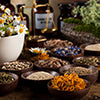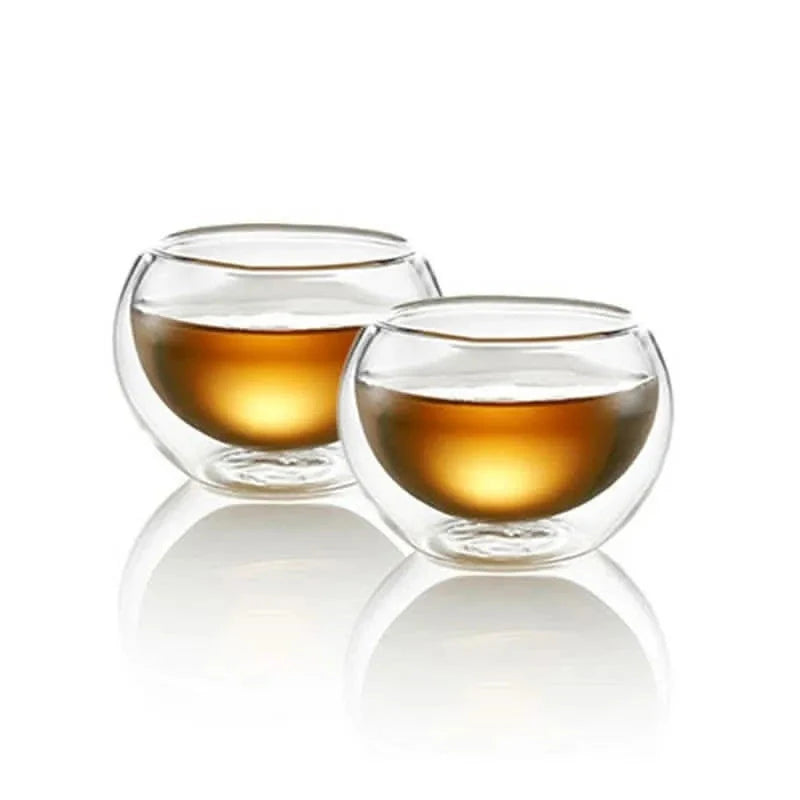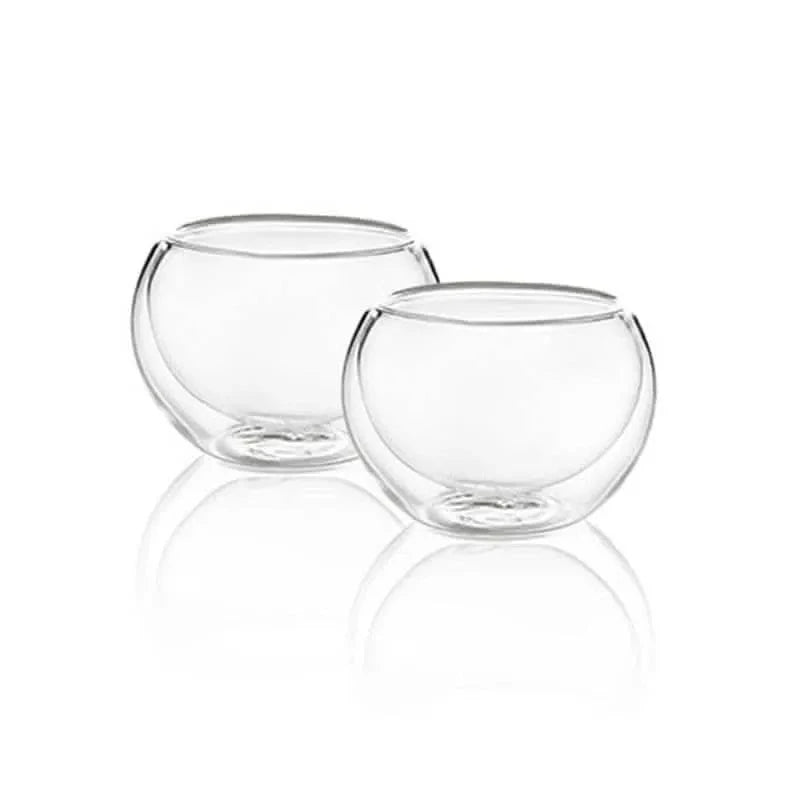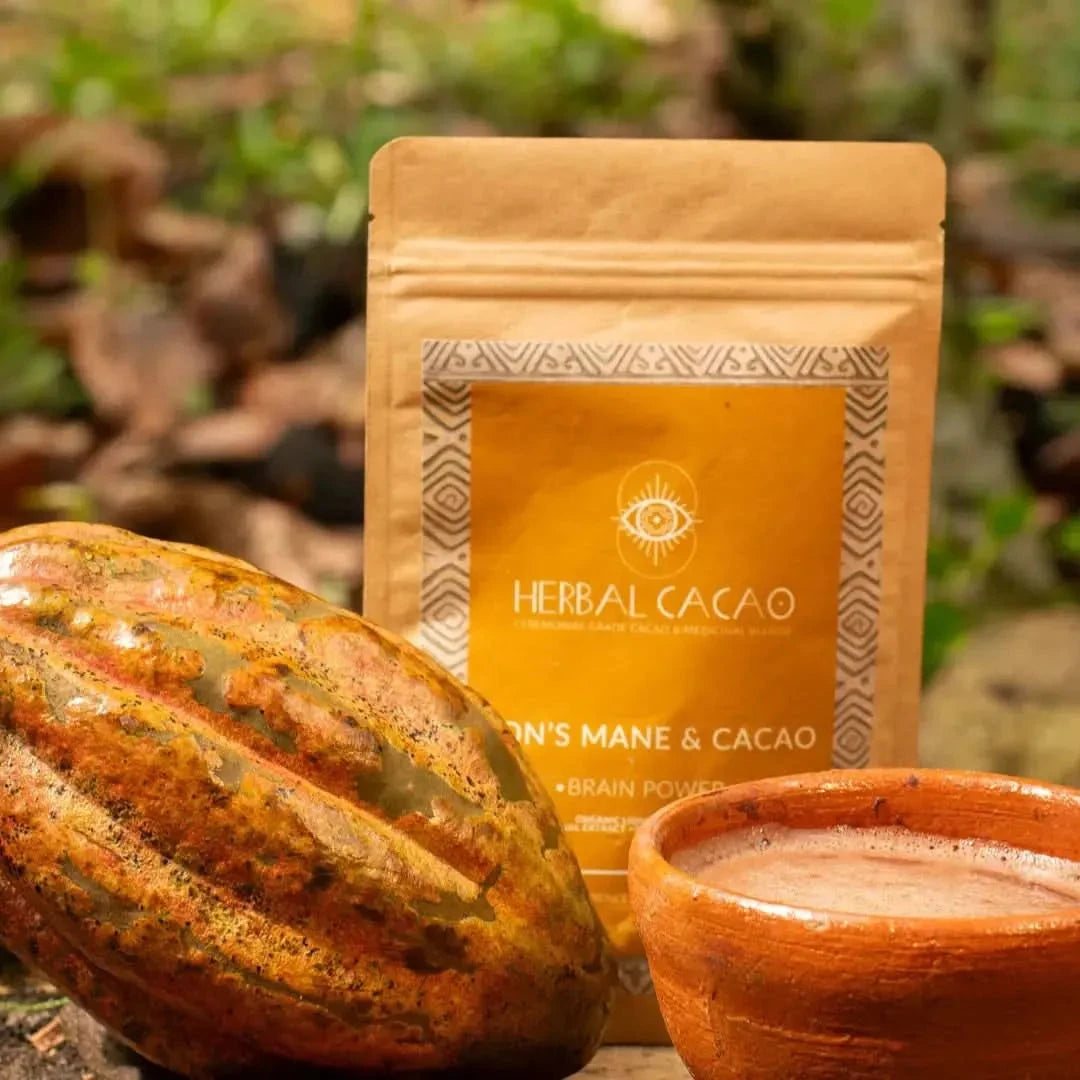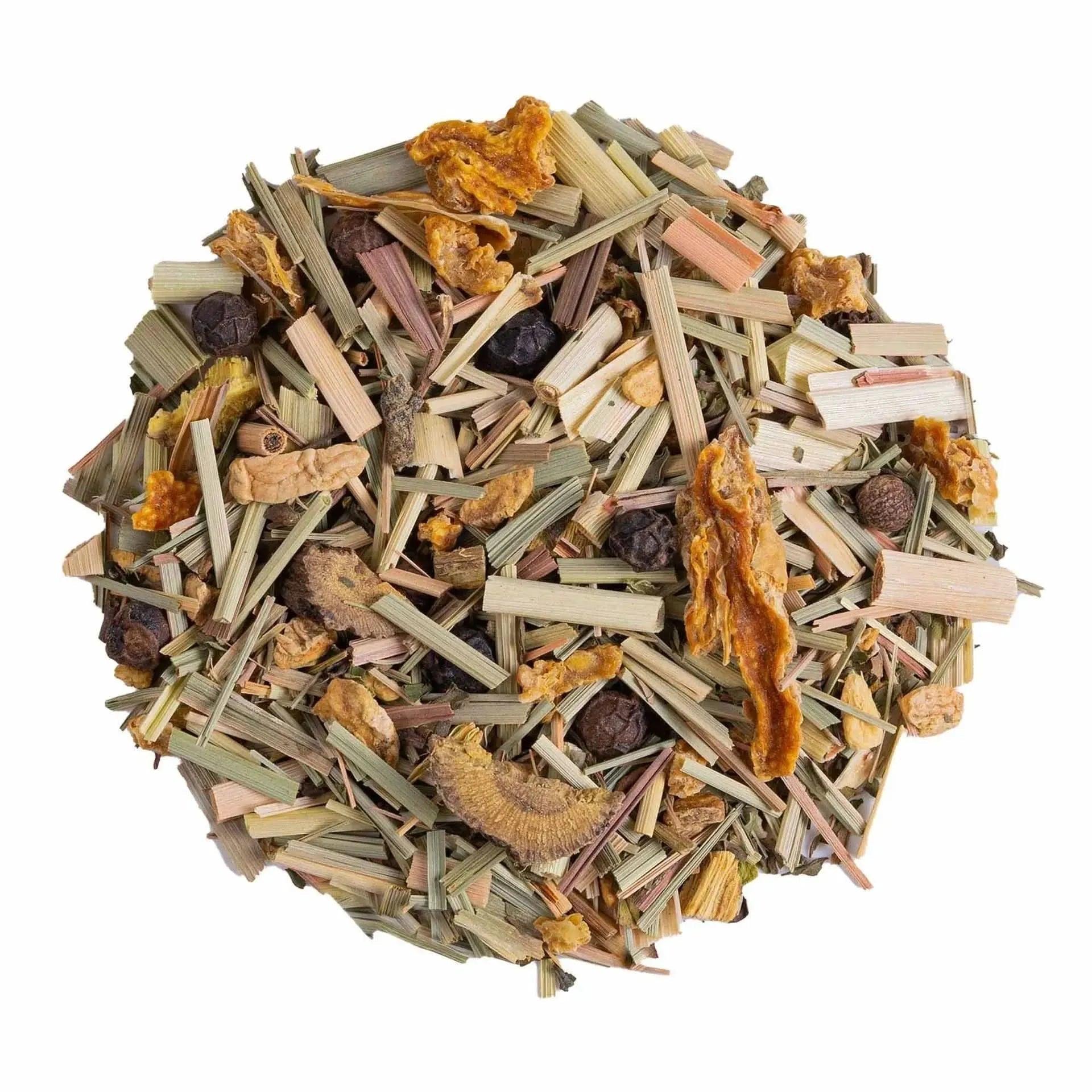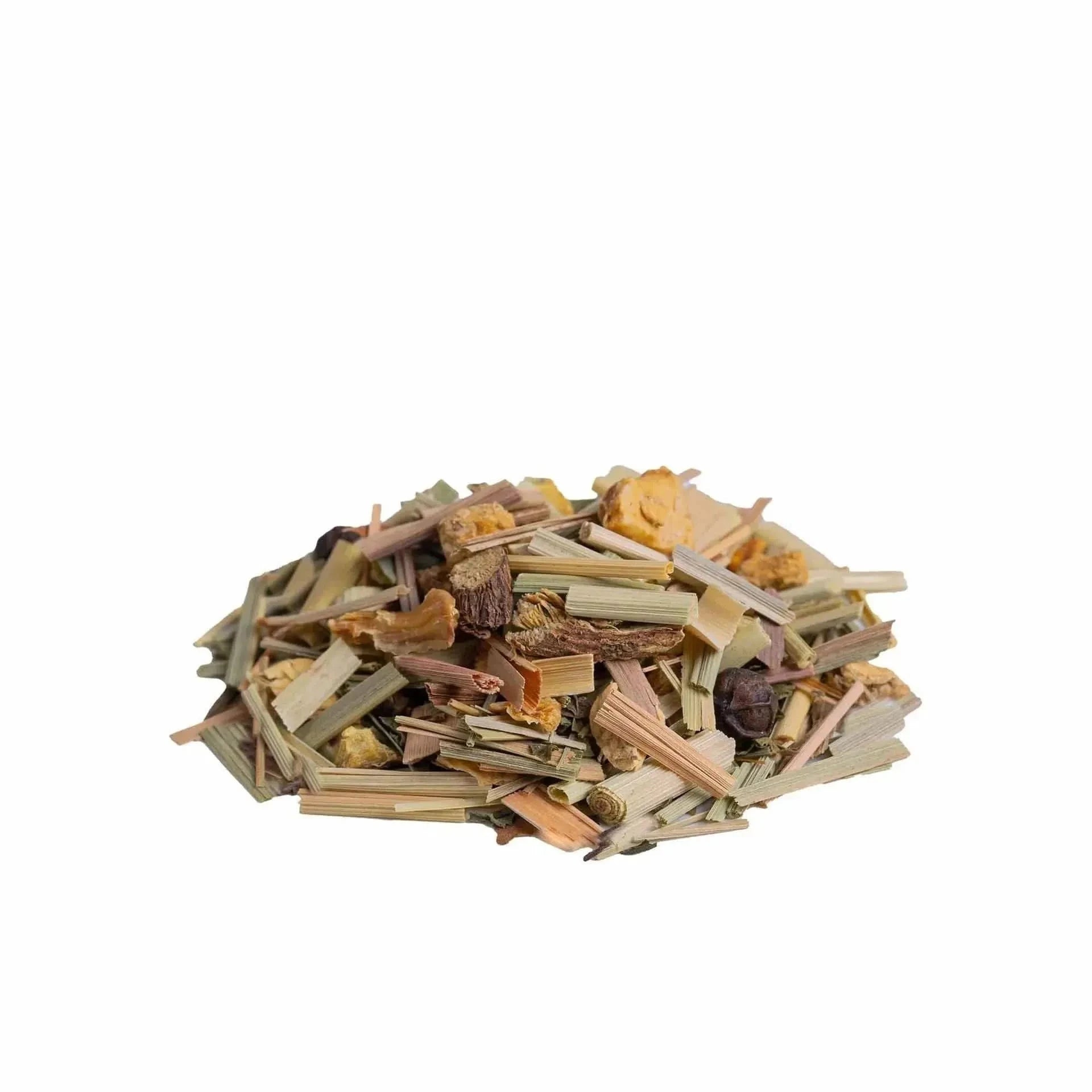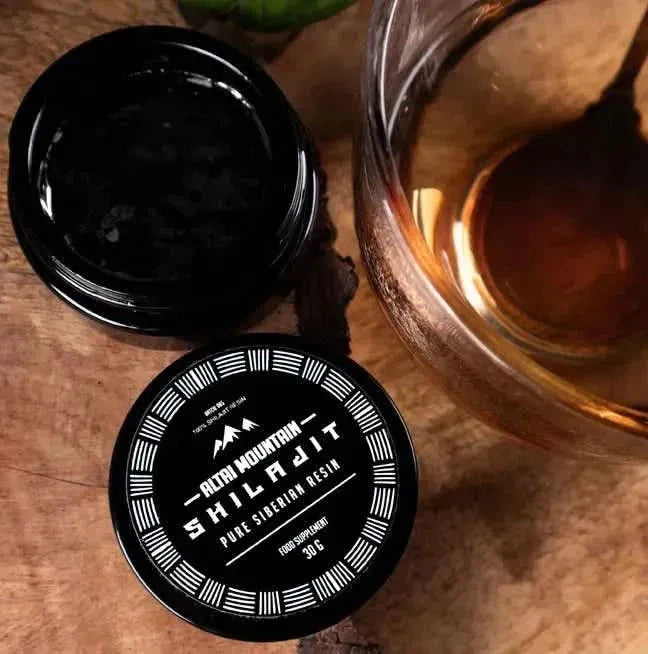Honey
Filter
Sort by:
Description
The Golden Treasure: Nature's Perfect Food Since Ancient Times
Honey stands as one of humanity's most enduring natural treasuresa substance that has maintained its fundamental character while human civilizations have risen and fallen over millennia. This remarkable golden liquid transcends its role as a simple sweetener, embodying rich historical, cultural, and therapeutic dimensions that remain relevant in our modern world.
The relationship between humans and honey predates recorded history. Archaeological evidence reveals honey hunting stretches back at least 8,000 years, as depicted in Mesolithic rock paintings found in Spain showing humans accessing wild beehives. The transition to organized beekeeping marked a significant advancement, with ancient Egyptians pioneering sophisticated hives around 2400 BCE.
What makes honey truly exceptional is its complex biochemical profile. Primarily composed of carbohydrates (95-97% of dry weight), honey's sweetness comes from its high concentration of monosaccharides, primarily fructose and glucose. Beyond these simple sugars, honey contains an impressive array of bioactive compounds including proteins, amino acids, enzymes, organic acids, vitamins, minerals, and antioxidantsall contributing to its remarkable therapeutic properties.
Modern research continues to validate traditional honey uses while uncovering new applications. Studies confirm honey's effectiveness against various pathogens, attributing this activity to multiple mechanisms: its high sugar concentration creates an osmotic environment inhospitable to bacteria, its natural acidity further inhibits microbial growth, enzymatically produced hydrogen peroxide provides additional antimicrobial action, and various phytochemical compounds contribute to honey's ability to combat infections.
The extraordinary diversity of honey constitutes one of its most fascinating aspects, with over 300 distinct varieties available worldwide, each reflecting specific floral sources, geographic location, and seasonal conditions. From light, mild clover honey to dark, robust buckwheat honey, each variety offers unique flavor profiles, colors, aromas, and therapeutic properties.
In culinary traditions worldwide, honey serves as a cornerstone ingredient, its unique properties elevating it beyond a mere sweetener. Its hygroscopic nature makes it valuable in baking, where it enhances moisture retention and extends shelf life. Honey also facilitates browning through Maillard reactions and balances savory dishes with its complex sweetness.
Perhaps most significantly, honey production plays a crucial ecological role through the pollination activities of honey bees, which pollinate approximately one-third of food crops worldwide. The concerning decline in global bee populations has heightened awareness of this vital environmental service, connecting honey consumption to broader issues of biodiversity and sustainable agriculture.
Whether drizzled over breakfast, incorporated into sophisticated culinary creations, applied to wounds, or studied in laboratories, honey continues to offer its distinctive sweetness and healing properties to each new generation, maintaining its status as one of nature's most perfect and enduring gifts to humanity.
Types
Popular Types of Honey: From Everyday Varieties to Rare Specialties
Light and Mild Varieties
Clover honey stands as perhaps the most familiar variety to many consumers, considered the "gold standard" due to the abundance of clover plants across North America and Europe. This honey presents a clean, mild sweetness with a light amber color, making it versatile for various culinary applications. Its smooth texture and approachable flavor profile make it ideal for everyday use, from sweetening beverages to baking applications where a subtle honey note is desired.
Acacia honey (sometimes called locust honey) presents an almost translucent appearance with an exceptionally light, floral sweetness. Its high fructose content prevents crystallization, making it prized for applications where liquid honey is preferred. The delicate flavor profile makes it particularly suitable for tea, yogurt, and dishes where honey's flavor should complement rather than dominate. European acacia honey is highly prized for its clarity and distinctive flavor notes.
Orange blossom honey, derived from the nectar of citrus trees primarily in Florida, California, and Mediterranean regions, delivers a distinctly light and refreshing flavor profile with subtle citrus notes that reflect its floral origin. This delicate honey pairs exceptionally well with teas and baked goods, while its aroma carries calming properties similar to those associated with orange blossom essential oils.
Bold and Distinctive Varieties
Buckwheat honey represents the opposite end of the spectrum from light varieties with its dark color and boldly robust flavor profile. Often described as earthy or slightly bitter with notes reminiscent of dark chocolate or molasses, buckwheat honey contains higher concentrations of antioxidants and minerals than lighter varieties, contributing to its reputation for enhanced medicinal properties, particularly for respiratory conditions.
Tupelo honey, produced primarily in the southeastern United States from the nectar of tupelo gum trees, represents one of the most prized and unique honey varieties. Its light amber color belies a complex flavor profile featuring subtle notes of cinnamon, jasmine, and citrus. What truly distinguishes tupelo honey is its unusually high fructose-to-glucose ratio, which prevents crystallization and creates a remarkably smooth texture. The limited geographic range and short blooming season of tupelo trees make this honey particularly rare and sought-after.
Avocado honey from California presents a dark color and unusually buttery flavor with rich, creamy undertones that make it distinctive among honey varieties. Despite coming from avocado blossoms, it doesn't taste like the fruit itself but rather offers a unique molasses-like character that pairs well with strong cheeses and hearty breads. Its distinctive profile makes it a favorite among honey connoisseurs seeking unique flavor experiences.
Medicinal and Specialty Honeys
Manuka honey, produced in New Zealand and parts of Australia from the nectar of the tea tree (Leptospermum scoparium), has gained international recognition for its exceptional medicinal properties. While most honey varieties possess some antibacterial properties, manuka honey contains unusually high levels of methylglyoxal and other compounds that create powerful antimicrobial effects. This has led to the development of a specialized rating systemthe Unique Manuka Factor (UMF)to measure its medicinal potency, with higher-rated varieties commanding premium prices for their therapeutic applications.
Thyme honey, primarily from Mediterranean regions, offers a distinctively herbal character with aromatic qualities that reflect its floral source. This variety is particularly valued in Greece, where it has been used traditionally for respiratory conditions and digestive health. Its deep amber color and robust flavor profile make it ideal for savory applications, particularly in marinades for meats where its herbal notes can enhance other flavors.
Heather honey, produced from the nectar of heather plants growing on moorlands primarily in Scotland, England, and Scandinavia, presents a truly distinctive profile with a gel-like consistency unlike most other honey varieties. Its strong, aromatic flavor with slightly bitter undertones and its unusual texture make it particularly prized among honey enthusiasts seeking unique sensory experiences. Traditional Scottish cuisine often incorporates heather honey in both sweet and savory applications.
Benefits
Health Benefits of Honey: Ancient Wisdom Validated by Modern Science
Antimicrobial and Wound Healing Properties
Honey's antimicrobial properties constitute one of its most significant medical attributes, with applications dating back to ancient Egyptian medical papyri over 4,500 years ago. Modern research has confirmed honey's effectiveness against various pathogens through multiple mechanisms. Its high sugar concentration creates an osmotic environment inhospitable to bacteria, while its natural acidity further inhibits microbial growth. Enzymatically produced hydrogen peroxide provides additional antimicrobial action, and various phytochemical compounds contribute to honey's ability to combat infections.
Contemporary research has validated honey's effectiveness in treating burns and wounds, leading to renewed clinical applications. Multiple studies have demonstrated its efficacy in accelerating the healing of burns, diabetic foot ulcers, and surgical wounds. Manuka honey, with its exceptionally high levels of methylglyoxal, functions as a natural antibiotic against even antibiotic-resistant bacteria. This has led to the development of standardized medical-grade honey products for professional wound care, bringing this ancient remedy into modern healthcare settings.
The honey enzyme glucose oxidase produces hydrogen peroxide at low levels, creating an antimicrobial environment without damaging healthy tissuea significant advantage over conventional hydrogen peroxide treatments. This gentle yet effective action makes honey particularly valuable for sensitive wounds where harsh antiseptics might impede healing. Clinical studies have documented faster epithelialization (skin regrowth) in honey-treated wounds compared to conventional treatments.
Anti-inflammatory and Antioxidant Benefits
Honey's anti-inflammatory properties represent another significant therapeutic dimension extensively studied by modern researchers. Scientific investigation has identified flavonoids and polyphenols in honey that function as potent antioxidants, protecting the body from inflammation-related conditions including heart disease, cancer, and autoimmune disorders. These compounds help neutralize free radicals and reduce oxidative stress throughout the body.
Research has demonstrated that darker honey varieties generally contain higher concentrations of beneficial antioxidants, with buckwheat honey showing particularly strong activity. One notable study confirmed that antioxidants from buckwheat honey were detectable in blood plasma after consumption, indicating that honey consumption can enhance the body's antioxidant defenses in a measurable way. This supports traditional uses of dark honey varieties for various inflammatory conditions.
These anti-inflammatory properties contribute to honey's effectiveness for respiratory conditions. Clinical studies have consistently shown honey outperforms placebo and performs comparably to conventional cough suppressants for children's nighttime coughing. The combination of antimicrobial and anti-inflammatory actions makes honey particularly effective for soothing irritated throat tissues while simultaneously addressing potential bacterial or viral factors.
Digestive and Metabolic Health
Honey offers several benefits for digestive health that have been validated by scientific research. Its prebiotic properties support beneficial gut bacteria, potentially improving digestive function and enhancing immune response. Traditional medicine systems worldwide have employed honey for digestive complaints, and modern research suggests these applications have merit. Honey's antibacterial properties may help combat certain gastrointestinal infections while supporting beneficial microflora.
Research into honey's effects on metabolic health continues to yield interesting findings. Some studies indicate honey consumption may improve cholesterol profiles, reducing total cholesterol, LDL cholesterol, and triglycerides while increasing HDL cholesterol. The unique carbohydrate profile of honey affects blood glucose levels differently than refined sugars, potentially providing more sustained energy with less dramatic blood sugar fluctuations.
Athletes have embraced honey as a natural energy source, with research confirming its effectiveness in maintaining muscle glycogen during endurance exercise. The combination of glucose and fructose in honey appears to enhance carbohydrate uptake during physical activity compared to single-sugar sources. This has led to the development of honey-based sports nutrition products that offer natural alternatives to synthetic energy gels and drinks.
Nutritional Profile and Bioactive Compounds
Honey contains a remarkable array of bioactive compounds that contribute to its health benefits. Research has identified over 200 substances in honey, including various enzymes, amino acids, vitamins, minerals, and phenolic compounds. While present in relatively small quantities, these bioactive elements work synergistically to create honey's therapeutic effects in ways that cannot be replicated by synthetic alternatives.
The enzyme content of honey plays a particularly important role in its health benefits. Diastase (amylase) assists with digestion of complex carbohydrates, invertase converts sucrose into more readily absorbed glucose and fructose, and glucose oxidase produces hydrogen peroxide for antimicrobial effects. These naturally occurring enzymes make honey a living food with active biological properties rather than simply a sweet substance.
Research into honey's rare oligosaccharides reveals potential prebiotic benefits. These complex sugars resist digestion in the upper gastrointestinal tract, instead serving as food for beneficial bacteria in the colon. Different honey varieties contain different oligosaccharide profiles, potentially offering varied prebiotic benefits. This emerging area of research may explain some of honey's traditional digestive applications and opens new possibilities for therapeutic uses.
Instructions
Technical Aspects of Honey: Production, Storage, and Usage
Harvesting and Processing Methods
Modern honey harvesting begins with the careful removal of honeycomb frames from hives when honey has reached proper maturity, indicated by the bees' capping of honey cells with wax. Traditional beekeepers use smoke to calm bees during this process, allowing for honeycomb removal with minimal stress to the colony. Commercial operations may employ specialized equipment for frame removal and transportation to processing facilities.
The extraction process typically involves uncapping honeycomb cells (removing the wax seal) before placing frames in centrifugal extractors that spin at controlled speeds, forcing honey out without damaging the comb structure. This preservation of honeycomb allows its return to hives for reuse, significantly increasing production efficiency. Extracted honey passes through strainers to remove wax particles and other solids while retaining beneficial pollen and enzymes.
Raw honey undergoes minimal processing beyond extraction and straining, preserving its natural enzyme content and bioactive compounds. In contrast, commercial processing often includes heating (pasteurization) and ultrafiltration, which extend shelf life and prevent crystallization but may diminish therapeutic properties. These different processing approaches create significant distinctions between raw and commercial honey products in terms of both nutritional value and medicinal efficacy.
Storage Guidelines and Crystallization Management
Honey's hygroscopic nature (ability to absorb moisture from the environment) necessitates proper storage in airtight containers to prevent fermentation that can occur when honey absorbs excessive moisture. Ideal storage temperatures range between 50-70°F (10-21°C), with cooler temperatures accelerating crystallization and temperatures above 80°F (27°C) potentially damaging heat-sensitive enzymes and beneficial compounds.
Crystallization represents a natural physical process that occurs as glucose molecules align into solid form, eventually transforming liquid honey into a semi-solid state. This process occurs more rapidly in honey varieties with higher glucose-to-fructose ratios (such as clover, dandelion, and alfalfa honey) and when stored at cooler temperatures. Crystallization does not indicate spoilage or quality issuesmany honey connoisseurs appreciate the textural qualities of crystallized honey for certain applications.
When liquefying crystallized honey, gentle warming methods preserve beneficial compounds. Placing containers in warm water (below 110°F/43°C) allows honey to return to liquid state without damaging heat-sensitive enzymes. Microwave heating should be avoided as it creates uneven heating that can degrade honey quality. For those who appreciate honey's crystallized form, controlled crystallization techniques can produce creamed honey with a smooth, spreadable consistency ideal for table use.
Culinary Applications and Substitution Guidelines
When substituting honey for granulated sugar in recipes, several adjustments optimize results. Reducing liquid by approximately 1/4 cup for each cup of honey used maintains proper moisture balance, while adding approximately 1/2 teaspoon of baking soda per cup of honey helps neutralize honey's natural acidity. Reducing oven temperature by 25°F (4°C) prevents over-browning due to honey's tendency to caramelize more quickly than sugar.
Different honey varieties offer distinct culinary attributes beyond sweetness. Light, mild varieties like clover or acacia provide subtle flavoring in delicate dishes where honey's flavor should not dominate. Medium-bodied varieties including orange blossom or wildflower honey work well in baking applications, contributing noticeable honey character. Robust varieties such as buckwheat or heather honey complement strong flavors in savory applications including marinades, glazes for game meats, or pairings with aged cheeses.
Beyond sweetening, honey serves multiple technical functions in food preparation. Its hygroscopic properties improve moisture retention in baked goods, extending freshness and shelf life. Honey's antimicrobial properties provide natural preservation in refrigerated applications. Its inversion (containing both glucose and fructose) creates smoother frozen desserts with reduced ice crystal formation compared to granulated sugar. These functional properties make honey valuable beyond its flavor contributions in culinary applications.
Quality Assessment and Standards
Honey quality assessment includes several key parameters. Water content significantly affects stability and quality, with properly ripened honey containing less than 18.6% moisture to prevent fermentation. The diastase (amylase) enzyme serves as an indicator of honey freshness and proper processing, as this enzyme degrades with excessive heat or prolonged storage. Hydroxymethylfurfural (HMF) levels similarly indicate heat exposure and storage conditions, with lower values reflecting fresher, less-processed honey.
International standards for honey quality vary somewhat by region but generally address composition, authenticity, and contaminants. Most standards specify maximum moisture content, minimum sugar content, maximum acidity levels, and limits for HMF and other quality indicators. Some regions maintain stricter standards regarding filtration methods, heating parameters, and allowable processing techniques, particularly for products labeled as "raw" honey.
Medical-grade honey undergoes additional standardization processes including sterilization (typically through gamma irradiation rather than heat treatment) and testing for consistent antibacterial activity. Manuka honey's Unique Manuka Factor (UMF) rating or MGO (methylglyoxal) measurement provides standardized metrics of antibacterial potency, with values of UMF 10+ or MGO 100+ generally considered minimum thresholds for therapeutic applications. These standardized medical products ensure consistent performance in clinical settings.
FAQs
